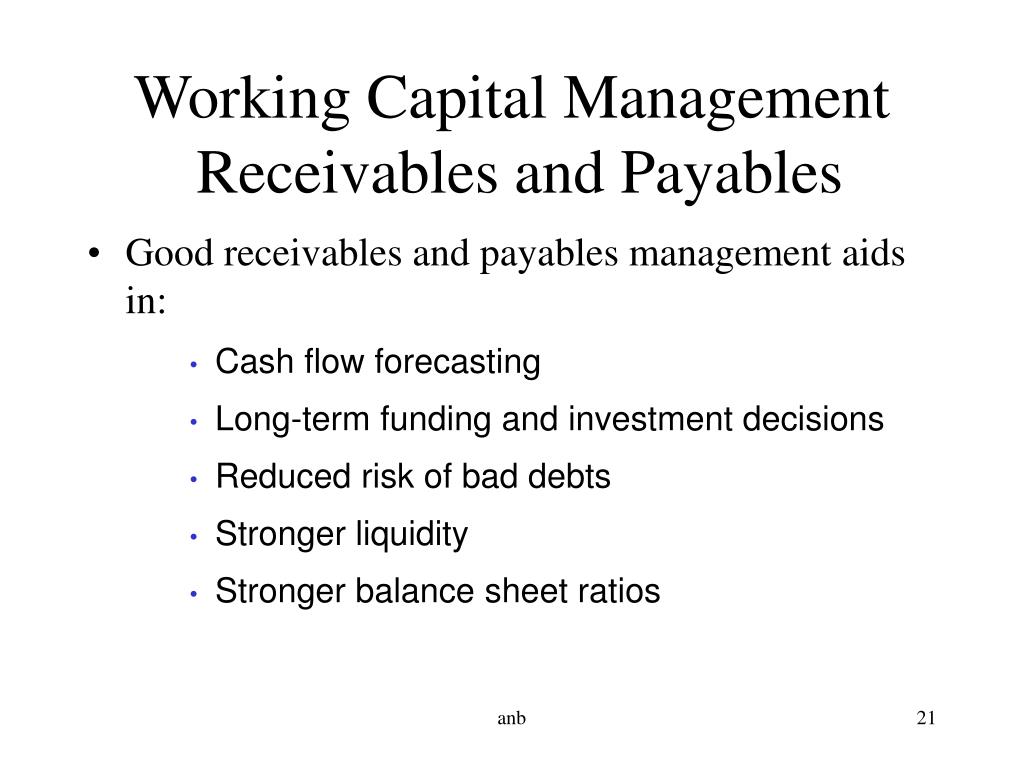What is Float and Why is it Important in Stock Trading?
In the stock market, the term “float” refers to the number of shares available for trading. It is a critical metric that can significantly impact stock prices and trading decisions. Understanding float is essential for investors and traders, as it can help them make informed investment decisions. In essence, float represents the number of shares that are available for the public to buy and sell. A company’s float can affect its stock price, volatility, and liquidity, making it a vital piece of information for anyone involved in the stock market. To make informed investment decisions, it is crucial to know how to find the float of a stock. In this article, we will explore the concept of float in-depth and provide a comprehensive guide on how to find the float of a stock.
Understanding the Different Types of Float: Restricted and Unrestricted Shares
In the stock market, there are two main types of shares that affect the float of a stock: restricted shares and unrestricted shares. Understanding the differences between these two types of shares is crucial for accurately calculating the float of a stock. Restricted shares are shares that are held by company insiders, such as executives, directors, and employees, and are subject to certain restrictions on their sale. These restrictions can include lock-up periods, during which the shares cannot be sold, and other limitations on their transfer. On the other hand, unrestricted shares are shares that are available for the public to buy and sell, with no restrictions on their sale or transfer. The distinction between restricted and unrestricted shares is important, as it affects the float of a stock and, consequently, its stock price and trading decisions. To find the float of a stock, investors and traders need to know how to identify and account for both restricted and unrestricted shares.
How to Calculate Float: A Step-by-Step Guide
Calculating the float of a stock is a crucial step in understanding its market dynamics and making informed investment decisions. To find the float of a stock, investors and traders need to follow a step-by-step approach. The formula to calculate float is: Float = Total Shares Outstanding – Restricted Shares. To apply this formula, you need to gather the following data: total shares outstanding, restricted shares, and unrestricted shares. Total shares outstanding can be found in a company’s annual report or on financial websites. Restricted shares, on the other hand, include shares held by company insiders, such as executives and directors, and can be found in a company’s proxy statement or on the Securities and Exchange Commission’s (SEC) website. Once you have gathered the necessary data, plug in the numbers to calculate the float. For example, if a company has 10 million total shares outstanding and 2 million restricted shares, the float would be 8 million shares. By following this step-by-step guide, investors and traders can accurately calculate the float of a stock and use this information to inform their investment decisions. Remember, knowing how to find the float of a stock is essential for understanding its market dynamics and making informed investment decisions.
Where to Find Float Data: Reliable Sources for Stock Market Analysis
When it comes to finding float data, it’s essential to rely on reliable sources to ensure accuracy and credibility. There are several sources where investors and traders can find float data, including financial websites, stock exchanges, and regulatory bodies. Financial websites such as Yahoo Finance, Google Finance, and Bloomberg provide float data for various stocks, along with other relevant information such as market capitalization, trading volume, and stock prices. Stock exchanges, such as the New York Stock Exchange (NYSE) and the NASDAQ, also provide float data for listed companies. Regulatory bodies, such as the Securities and Exchange Commission (SEC), offer float data through their databases, including the EDGAR database. Additionally, company reports, such as annual reports and proxy statements, can also provide valuable information on float. When searching for float data, it’s crucial to verify the credibility of the source and ensure that the data is up-to-date. By knowing how to find the float of a stock through reliable sources, investors and traders can make informed investment decisions and stay ahead in the stock market.
Interpreting Float Data: What it Means for Investors and Traders
Once the float of a stock is calculated, it’s essential to interpret the data correctly to make informed investment decisions. A high float indicates that there are a large number of shares available for trading, which can lead to higher liquidity and lower volatility. This can be beneficial for investors who want to buy or sell shares quickly and at a stable price. On the other hand, a low float can result in lower liquidity and higher volatility, making it more challenging to buy or sell shares. A low float can also lead to price manipulation, as a small group of investors can significantly impact the stock price. When interpreting float data, investors and traders should also consider other factors, such as the company’s financial performance, industry trends, and market sentiment. By understanding the implications of float data, investors and traders can develop effective trading strategies and make informed investment decisions. For instance, investors may want to avoid stocks with low float due to the higher risk of price manipulation, or they may target stocks with high float for their liquidity and stability. By knowing how to find the float of a stock and interpreting the data correctly, investors and traders can gain a competitive edge in the stock market.
Common Mistakes to Avoid When Calculating Float
When calculating the float of a stock, it’s essential to avoid common mistakes that can lead to inaccurate results and misguided investment decisions. One of the most critical mistakes is using incorrect data sources, such as outdated or unreliable financial reports. This can result in an inaccurate calculation of the float, which can have significant consequences for investors and traders. Another common mistake is failing to account for restricted shares, which can significantly impact the float of a stock. Additionally, miscalculations, such as incorrect formulas or data entry errors, can also lead to inaccurate float calculations. Furthermore, failing to consider the company’s ownership structure, such as institutional ownership or insider ownership, can also impact the accuracy of the float calculation. To avoid these mistakes, it’s crucial to use reliable data sources, such as financial websites, stock exchanges, and regulatory bodies, and to carefully follow the step-by-step guide on how to find the float of a stock. By being aware of these common mistakes, investors and traders can ensure accurate float calculations and make informed investment decisions.
Real-World Examples of Float in Action: Case Studies of Successful Trades
To illustrate the practical application of float in stock market analysis, let’s examine two real-world examples of companies with high and low float. Company A, a technology firm, has a high float of 90% due to its large public offering and widespread institutional ownership. This high float has resulted in high liquidity, making it an attractive target for traders and investors. As a result, the stock price has remained relatively stable, with minimal volatility. On the other hand, Company B, a biotech firm, has a low float of 20% due to its small public offering and significant insider ownership. This low float has led to low liquidity, making it challenging for traders and investors to buy or sell shares quickly. As a result, the stock price has experienced high volatility, with significant price swings. By understanding the float of these companies, investors and traders can develop effective trading strategies, such as targeting Company A for its liquidity and avoiding Company B due to its volatility. By knowing how to find the float of a stock and applying it to real-world examples, investors and traders can make informed investment decisions and achieve successful trades.
Conclusion: Mastering the Art of Finding Float for Informed Investment Decisions
In conclusion, understanding how to find the float of a stock is a crucial aspect of stock market analysis. By grasping the concept of float, investors and traders can gain valuable insights into a company’s liquidity, volatility, and trading dynamics. By avoiding common mistakes and using reliable sources, investors can accurately calculate float and make informed investment decisions. The real-world examples of companies with high and low float demonstrate the practical application of float in stock market analysis. By mastering the art of finding float, investors and traders can develop effective trading strategies, minimize risks, and maximize returns. Remember, knowing how to find the float of a stock is a key component of successful stock market analysis, and with the right tools and knowledge, investors can unlock the secrets of the stock market and achieve long-term success.




